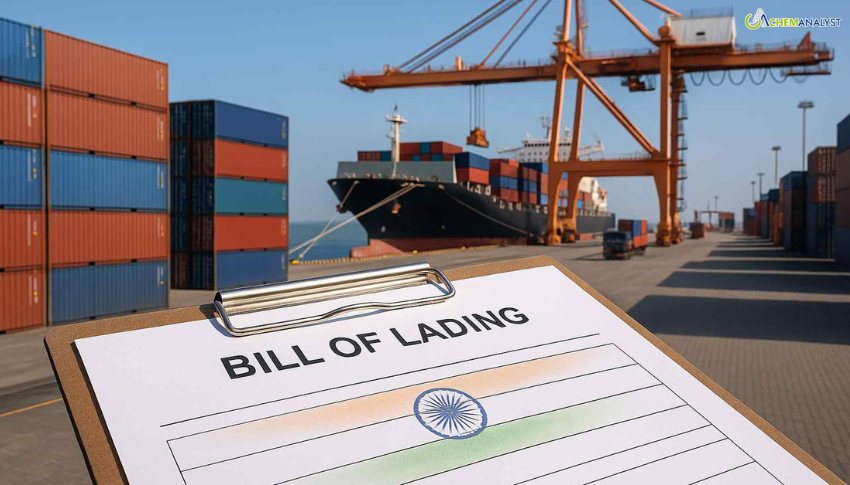Welcome To ChemAnalyst

India's new Bills of Lading Bill, 2025, replaces a 169-year-old law to simplify legal language, align with global practices, and lay the groundwork for future digitization for greater trade confidence.
The recent passage of the Bills of Lading Bill, 2025, by the Indian Parliament marks a pivotal moment for the nation's maritime trade and logistics sector. This legislation, replacing the archaic Indian Bills of Lading Act of 1856, is designed to bring India's legal framework governing Bills of Lading (B/Ls) into the 21st century. The procedural changes introduced by this new bill are expected to enhance efficiency, reduce disputes, and foster greater global competitiveness.
One of the most significant procedural changes is the modernization and simplification of legal text. The old 1856 Act was rife with colonial-era jargon and outdated provisions that often led to ambiguity and prolonged legal disputes. The 2025 Bill removes this archaic language and introduces clearer terminology. This simplification directly impacts supply chains by reducing the time and effort spent in interpreting legal documents, leading to shorter dwell times at ports. Logistics professionals will find it easier to understand their rights and obligations, which in turn minimizes errors and potential conflicts.
Furthermore, the new bill aligns Indian law with international shipping practices. Previously, discrepancies between Indian and international B/L laws could create friction and distrust among foreign trade partners. By mirroring global documentation norms, the 2025 Bill makes it easier for international businesses to trade with India. For supply chains, this means smoother cross-border transactions, reduced administrative hurdles, and enhanced predictability in international shipping, allowing for more seamless movement of goods across different jurisdictions.
A key "future-proofing" procedural change is the bill's acknowledgment of electronic Bills of Lading (e-BLs). While the bill itself does not fully legalize e-BLs, it explicitly recognizes their growing relevance and signals to introduce a separate framework for their adoption. Currently, the reliance on physical B/Ls often leads to delays, especially when documents need to be couriered globally. The eventual transition to e-BLs is projected to significantly reduce documentation time from days to mere minutes. This digital shift will lead to faster clearances, improved end-to-end visibility of shipments, and a significant reduction in the risk of fraud and human error.
The bill also grants the Central Government enhanced flexibility to issue directives. This means the legal framework can evolve more dynamically, adapting to new challenges and opportunities without requiring lengthy parliamentary processes for every minor adjustment. This adaptability is vital in a rapidly changing global trade environment.
In essence, the Bills of Lading Bill, 2025, while not a complete digital overhaul, is a crucial first step. It streamlines existing processes, brings India into alignment with global best practices, and importantly, sets the stage for a digitally-enabled future.
We use cookies to deliver the best possible experience on our website. To learn more, visit our Privacy Policy. By continuing to use this site or by closing this box, you consent to our use of cookies. More info.
